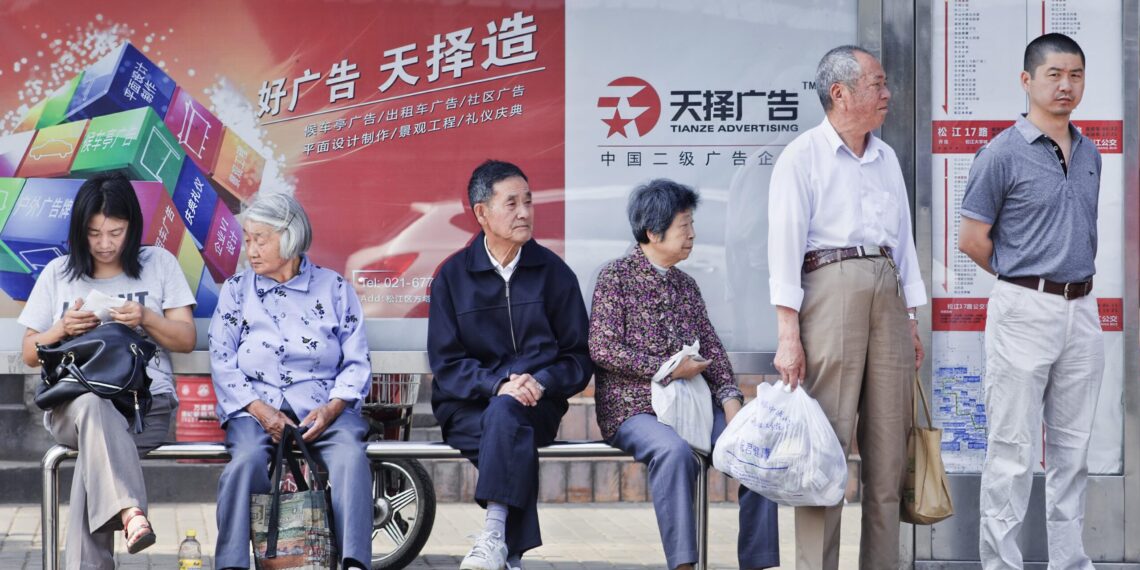No products in the basket.
Is 60 the new 40? How population aging is taking shape in ASEAN countries
The rapid increase in the aging population is a major concern, especially in developing countries. The traditional categorization of people aged 65 and older as "elderly" is becoming less precise due to longer life expectancies.
Population aging speeds up, especially in emerging markets. Using a prospective old-age dependency ratio is more accurate. Aging’s negative impact on growth has decreased, human capital and technology can offset it.
The proportion of the elderly population in ASEAN and the Plus-3 economies has seen a significant rise. It escalated from 5.1 and 8.1 percent in 2001 to 7.9 and 15.1 percent in 2022, respectively. Furthermore, countries like China, Thailand, and Vietnam are projected to shift from aging to aged societies more rapidly than advanced economies such as France and the US.
For instance, France and the US experienced this transition over 115 and 69 years, respectively, while China is anticipated to complete it in 25 years, Singapore and Thailand in 22 years, and Vietnam in just 19 years, according to UNESCAP 2017.
The Accelerating Pace of Population Aging
The acceleration of population aging is a significant concern, particularly in emerging economies. The traditional classification of individuals aged 65 and over as elderly is becoming less accurate due to increased life expectancies.
Employing the prospective old-age dependency ratio offers a more accurate approach to defining the elderly demographic, which supports research into the economic effects of aging.
Aging and Economic Growth Over Time
The findings suggest that in the past, there was a stronger negative correlation between aging populations and economic growth worldwide, particularly before 1990. However, this relationship has become less prominent over time. Surprisingly, individuals approaching retirement age are now making a more substantial contribution to overall economic growth. This highlights the potential for leveraging the productivity and skills of older individuals, who have traditionally been viewed as “old,” to effectively enhance economic development.
Variations in Individual Economies
The impact of aging on economic growth varies across the ASEAN+3 economies due to a variety of factors. As populations age, there is a potential for a decrease in the labor force, which can lead to lower productivity and economic output. However, human capital accumulation, such as investments in education and skills training, can help mitigate these negative effects by ensuring that the existing workforce remains productive and adaptable to changing economic demands.
Additionally, technological advancements play a crucial role in offsetting the impact of aging on economic growth. Automation and innovation can help increase efficiency and output, reducing the negative effects of a shrinking workforce. Therefore, it is important for these economies to prioritize technological advancements and innovation to maintain economic growth in the face of aging populations.
Overall, the importance of promoting both human capital accumulation and technological advancements becomes increasingly evident as populations age. By investing in these factors, the ASEAN+3 economies can work towards ensuring sustained economic growth despite the challenges posed by demographic changes.
Source: ASEAN+3 Macroeconomic Research Office
Discover more from Thailand Business News
Subscribe to get the latest posts sent to your email.














